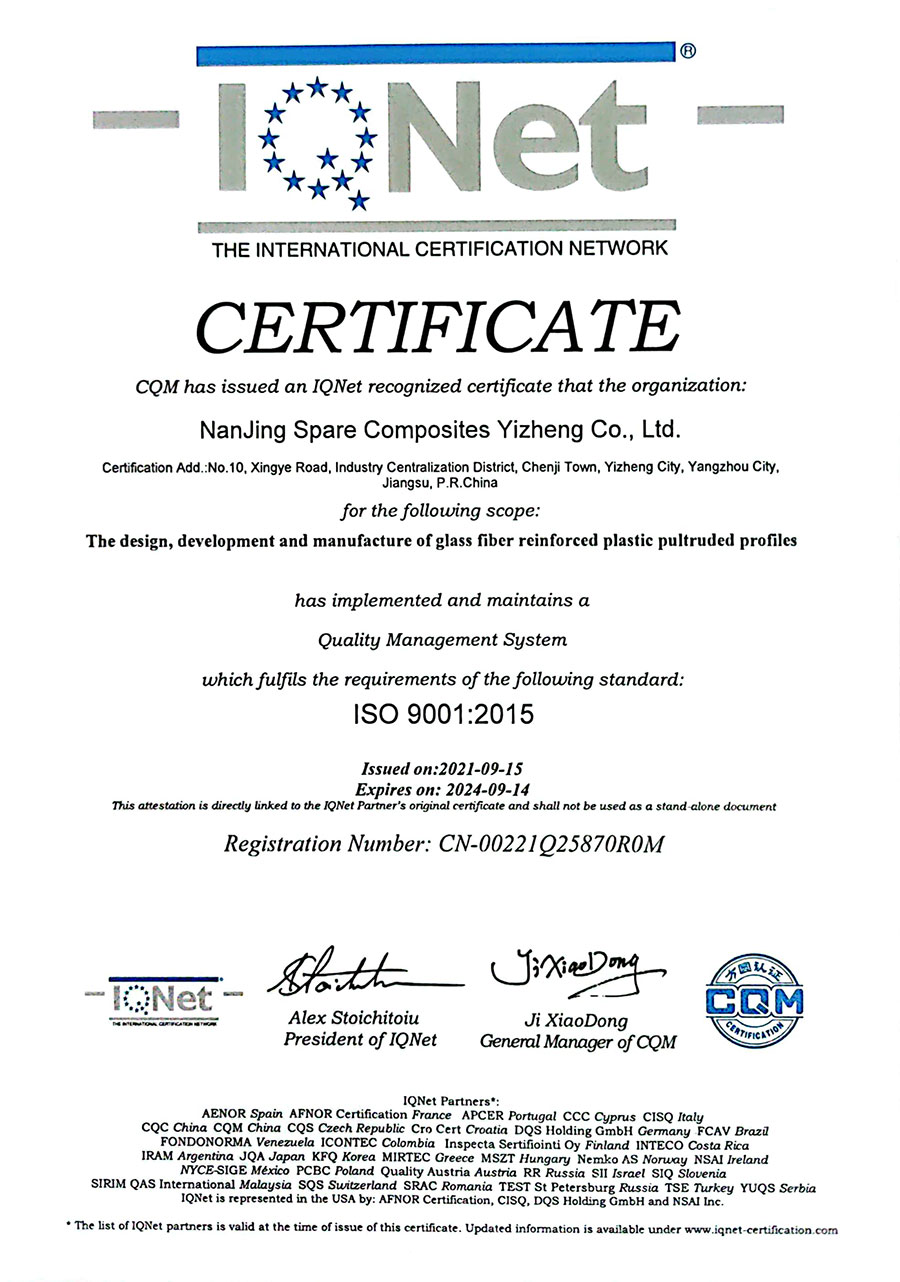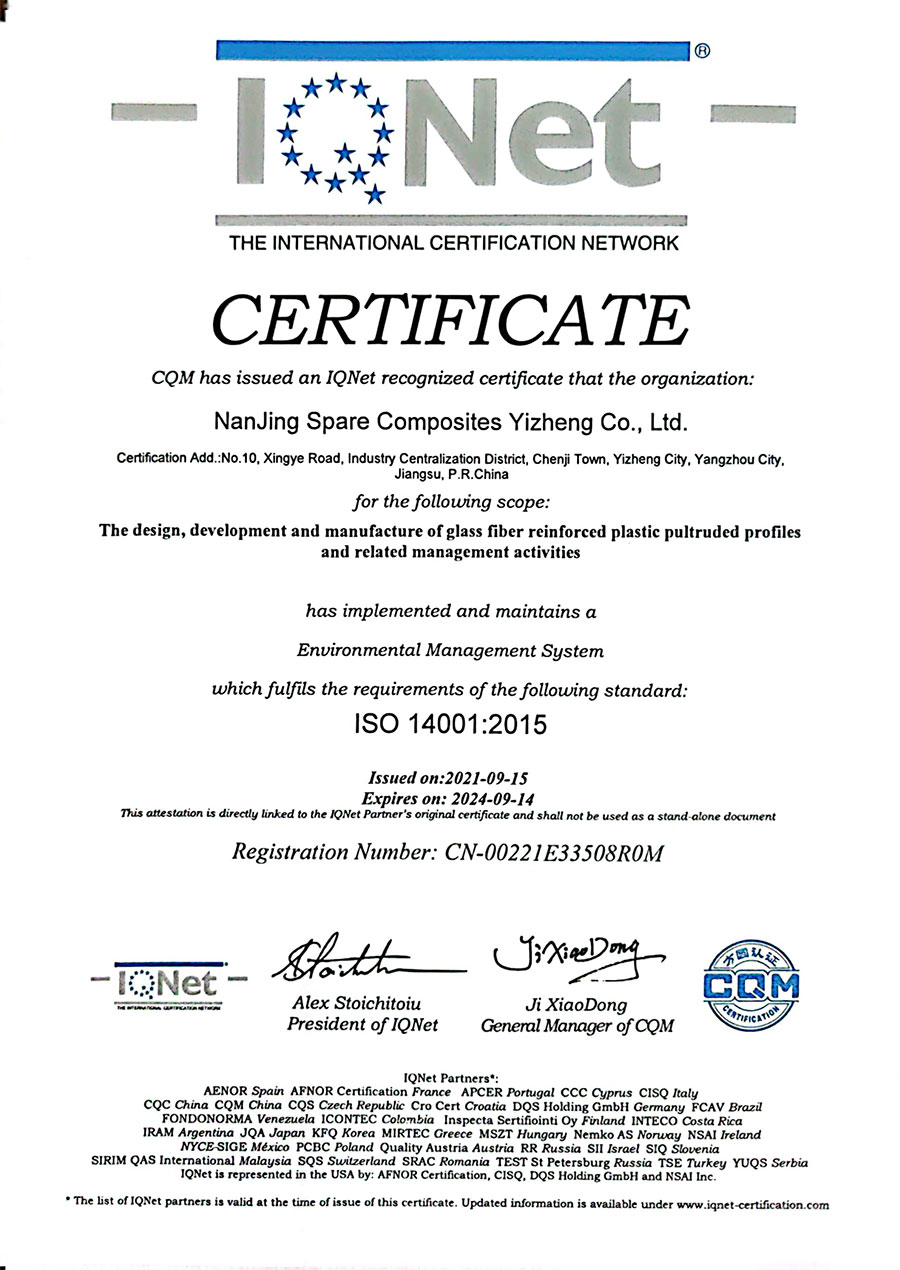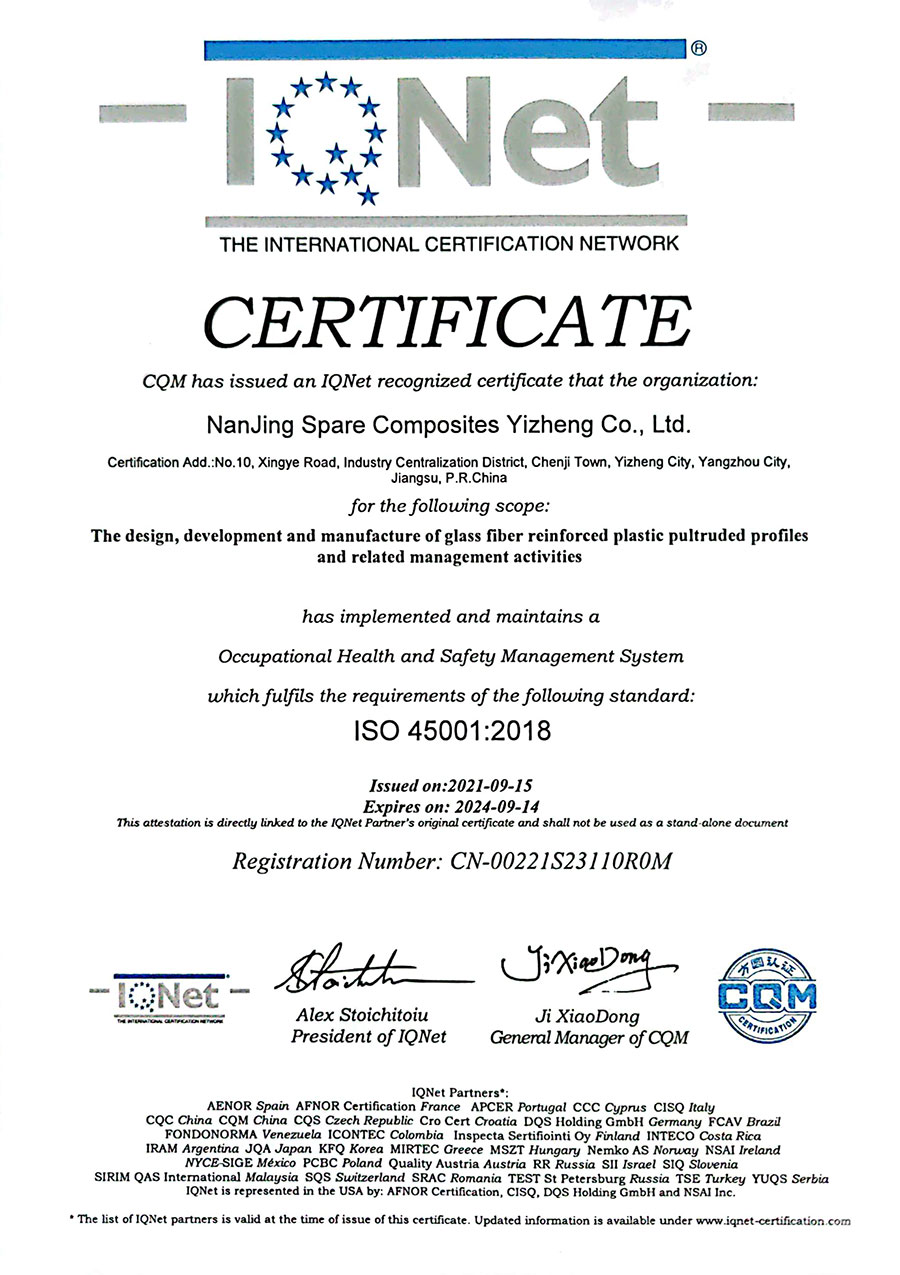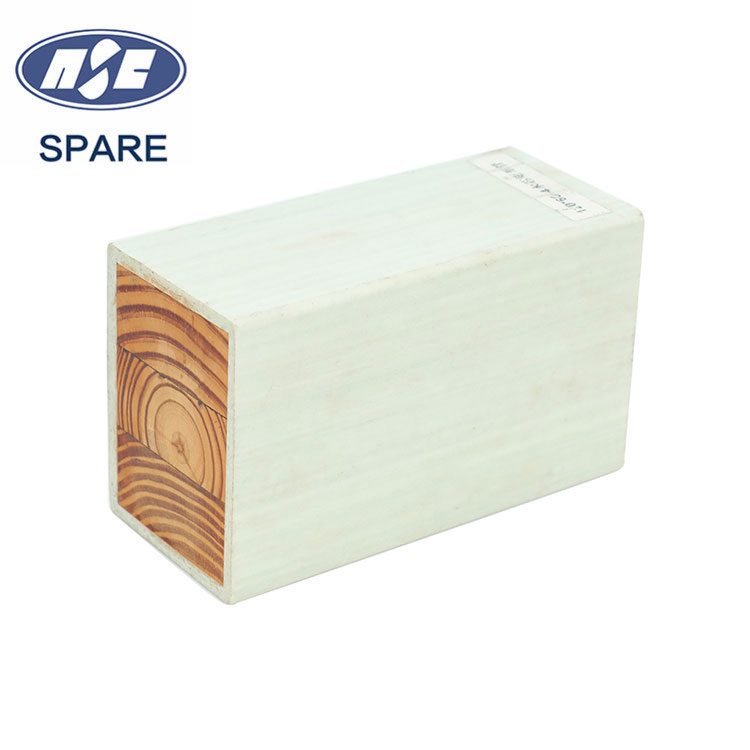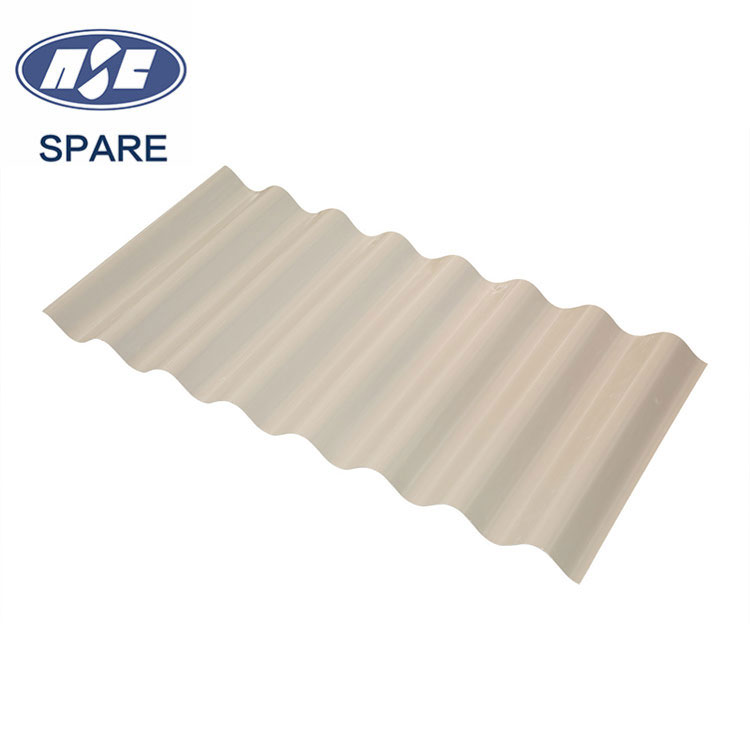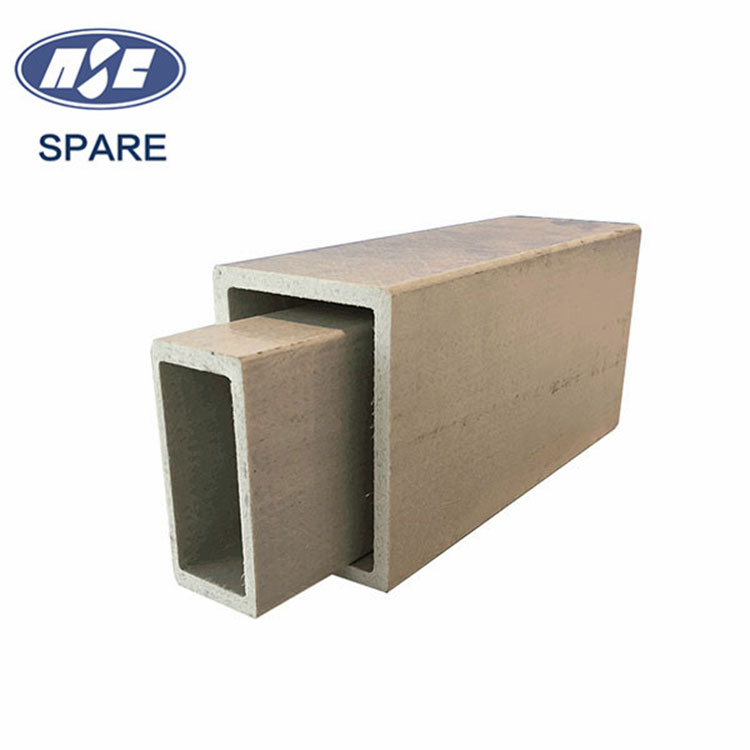- Custom Pultrusion Shapes
- FRP Standard Profile
- Vehicle Composite Profiles
- FRP Bridge Components
- FRP Ladder Rail Profiles
- FRP Tool Handles
- FRP Epoxy Pultruded Profiles
- Fiber-Reinforced Connectors
- FRP Covers
- Composite Cooling Tower
- FRP Decking Solutions
- FRP Grating
- Fiberglass Handrail and Fencing
- Fiberglass Windows and Doors Profiles
- Structural Reinforcements and Profiles
- Composite Frames for Solar Panels
- FRP Cable Tray
Trough Type Fiberglass Bridge
The trough type fiberglass bridge is a bridge product made of glass fiber reinforced plastic (GRP). It has the following features and advantages:
Send Inquiry
The trough type fiberglass bridge is a bridge product made of glass fiber reinforced plastic (GRP). It has the following features and advantages:
1. Corrosion resistance: FRP material has good corrosion resistance and is suitable for humid and corrosive environments.
2. Light weight and high strength: light weight, high strength, easy to transport and install, and has high load-bearing capacity.
3. Insulation and flame retardant: FRP material has excellent insulation and flame retardant properties and is suitable for supporting electrical equipment.
4. Wear resistance and pressure resistance: It has good wear resistance and pressure resistance, and is suitable for long-term use and carrying heavy objects.
5. Long life: not easy to rust and corrode, low maintenance cost and long service life.
Installation and use of troughed FRP trays usually requires the following steps:
1. Design planning: Design and plan the layout and size of the bridge frame according to actual needs and site conditions.
2. Install the bracket: Install the bracket to support the bridge to ensure stability and safety.
3. Build the bridge: According to the design requirements, build and connect the trough-type fiberglass bridge section by section.
4. Fixed connection: Use appropriate connectors to fix the bridge to the bracket to ensure stability.
5. Inspection and debugging: Carry out inspection and debugging after installation is completed to ensure the safety and reliability of the bridge.
Troughed fiberglass bridges are often used in industries such as power, communications, and pipelines to support and protect cables, pipelines and other facilities. They also have anti-corrosion and insulation properties and are suitable for use in various harsh environments.
Understanding the FRP Pultrusion Process
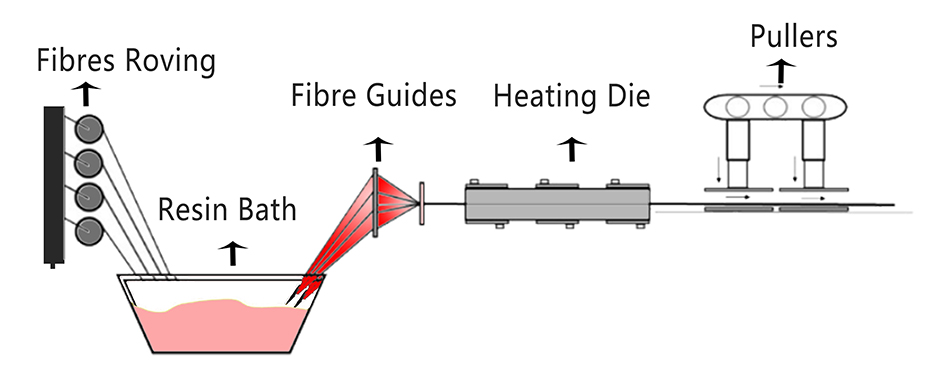
We are manufactures, engineers, designers and fabricators.
Benefits of FRP

Framework stability

Superior corrosion resistance

lightweight

Easy to install

High Strength

customisable

Durability

Non-Conductive

Non-Magnetic

Thermal Stability

Low Maintenance Costs

Low Thermal Conductivity
Qualification Certificate
